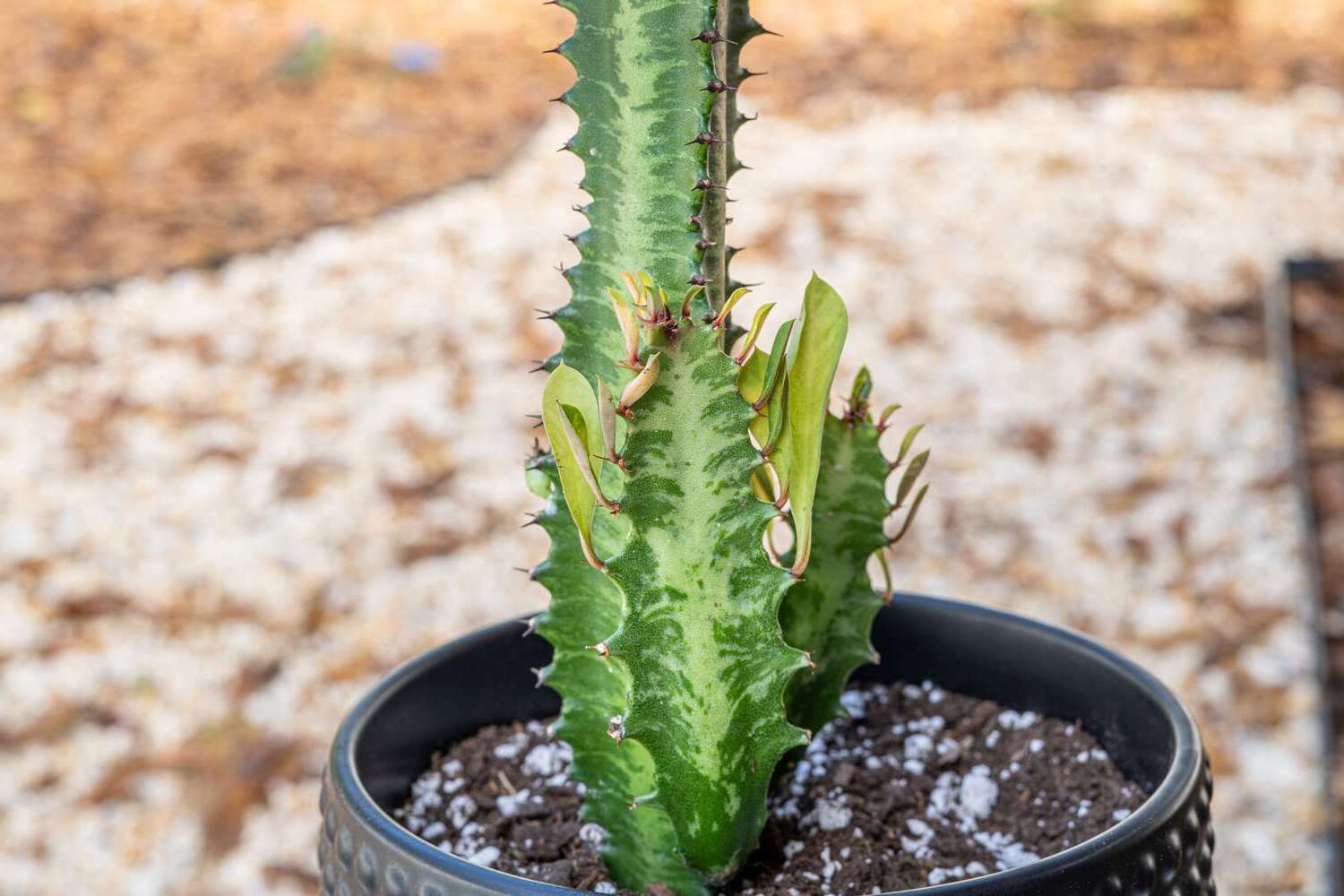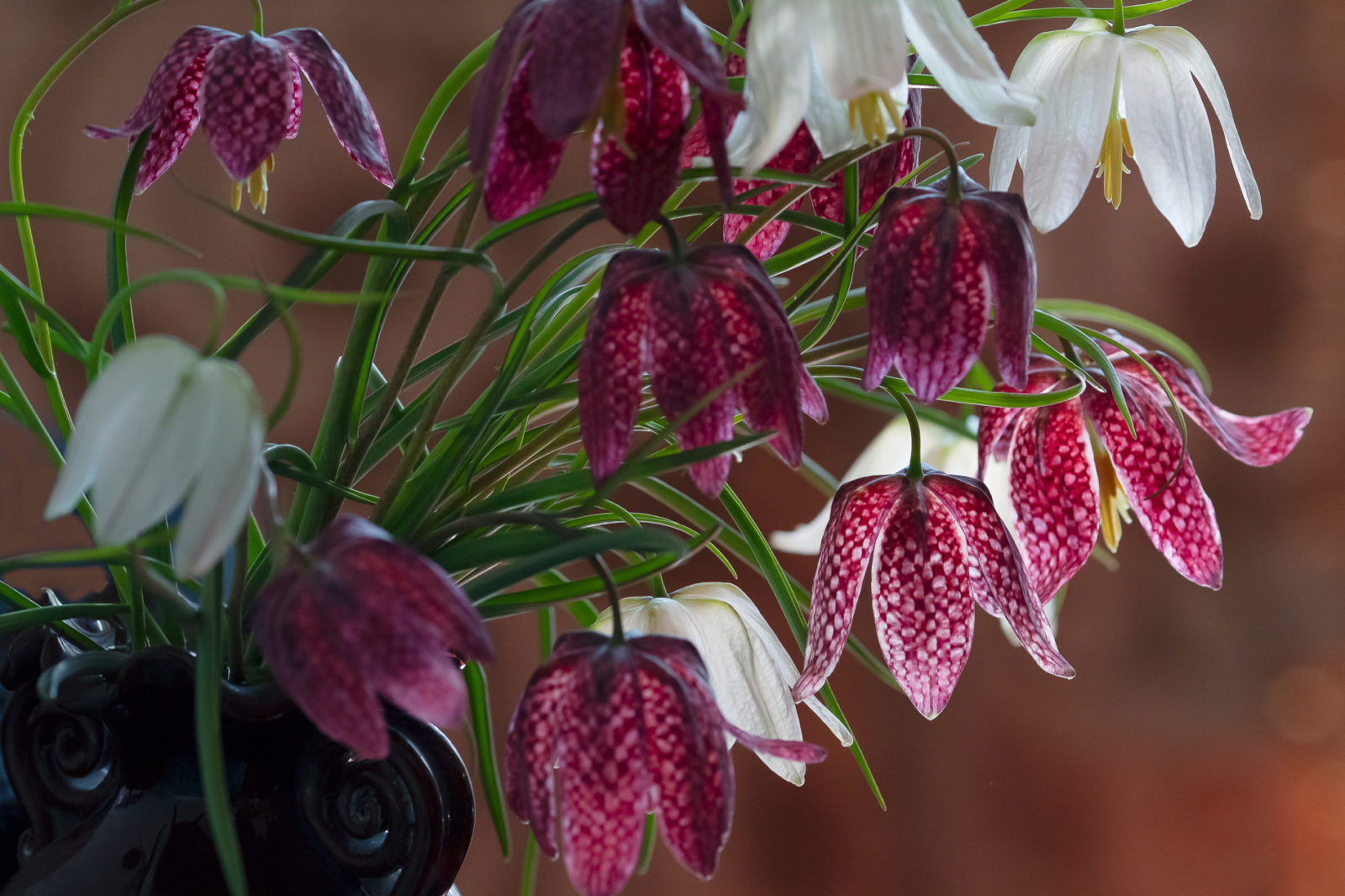
Ever wondered about the African Milk Tree? This unique plant, also known as Euphorbia trigona, is a fascinating addition to any garden or home. Native to Central Africa, it stands out with its tall, cactus-like appearance and vibrant green color. Despite its name, it’s not a tree but a succulent. The African Milk Tree is easy to care for, making it perfect for both novice and experienced gardeners. It grows quickly, reaching impressive heights, and its branches are adorned with small leaves and thorns. However, be cautious of its milky sap, which can be irritating to the skin. Ready to learn more? Let's dive into 21 intriguing facts about this remarkable plant!
What is the African Milk Tree?
The African Milk Tree (Euphorbia trigona) is a fascinating plant native to Central Africa. Known for its unique appearance and resilience, it has become a popular choice for indoor and outdoor gardening enthusiasts.
-
The African Milk Tree is not a tree but a succulent. Its name comes from its tree-like shape and milky sap.
-
This plant can grow up to 8 feet tall in its natural habitat, but it usually stays smaller when grown indoors.
-
The sap of the African Milk Tree is toxic. It can cause skin irritation and should be kept away from pets and children.
Unique Characteristics of the African Milk Tree
The African Milk Tree has several distinctive features that set it apart from other succulents. These characteristics make it a unique addition to any plant collection.
-
The plant has a triangular stem with three distinct sides, each lined with small spines.
-
It produces small, oval-shaped leaves that grow between the spines. These leaves are usually green but can turn red in bright sunlight.
-
The African Milk Tree is a fast grower. Under the right conditions, it can grow several inches in just a few months.
How to Care for an African Milk Tree
Caring for an African Milk Tree is relatively easy, making it a great plant for beginners. Here are some tips to keep your plant healthy and thriving.
-
This plant prefers bright, indirect light. Too much direct sunlight can cause the leaves to burn.
-
Water the African Milk Tree sparingly. Overwatering can lead to root rot, which is a common problem with succulents.
-
Use well-draining soil to prevent water from sitting around the roots. A cactus or succulent mix works well.
-
Fertilize the plant once a month during the growing season (spring and summer) with a balanced, water-soluble fertilizer.
Propagating the African Milk Tree
Propagation is a fun and rewarding way to grow more African Milk Trees. Here’s how you can do it.
-
The easiest way to propagate this plant is by cuttings. Simply cut a healthy stem and let it dry for a few days before planting it in soil.
-
Make sure to wear gloves when handling the plant, as the sap can be irritating.
-
Place the cutting in a warm, bright spot and water sparingly until it starts to grow roots.
Common Problems and Solutions
Like all plants, the African Milk Tree can encounter some issues. Knowing how to identify and solve these problems can help keep your plant healthy.
-
Yellowing leaves can be a sign of overwatering. Let the soil dry out completely before watering again.
-
If the plant is leaning or falling over, it might need more light. Move it to a brighter spot.
-
Pests like spider mites and mealybugs can sometimes be a problem. Use insecticidal soap or neem oil to treat infestations.
Interesting Facts about the African Milk Tree
There are many fascinating facts about the African Milk Tree that make it an intriguing plant to learn about.
-
The plant is also known as the Cathedral Cactus due to its tall, columnar shape.
-
Despite its name, the African Milk Tree is not related to cacti. It belongs to the Euphorbia family.
-
In its native habitat, the plant is often used as a natural fence due to its height and spiny stems.
-
The African Milk Tree is drought-tolerant, making it a great choice for xeriscaping.
-
Some cultures believe the plant brings good luck and prosperity, often placing it near the entrance of homes or businesses.
Final Thoughts on the African Milk Tree
The African Milk Tree is a fascinating plant with unique characteristics. Its resilience and adaptability make it a popular choice for both novice and experienced gardeners. This plant's ability to thrive in various conditions, coupled with its striking appearance, adds a touch of the exotic to any space. Remember, while it’s relatively low-maintenance, proper care ensures it remains healthy and vibrant. Whether you’re drawn to its aesthetic appeal or its symbolic meanings, the African Milk Tree is a worthy addition to any plant collection. Keep in mind its potential toxicity and handle it with care, especially around pets and children. Embrace the beauty and uniqueness of this remarkable plant, and enjoy the benefits it brings to your environment. Happy gardening!
Was this page helpful?
Our commitment to delivering trustworthy and engaging content is at the heart of what we do. Each fact on our site is contributed by real users like you, bringing a wealth of diverse insights and information. To ensure the highest standards of accuracy and reliability, our dedicated editors meticulously review each submission. This process guarantees that the facts we share are not only fascinating but also credible. Trust in our commitment to quality and authenticity as you explore and learn with us.


